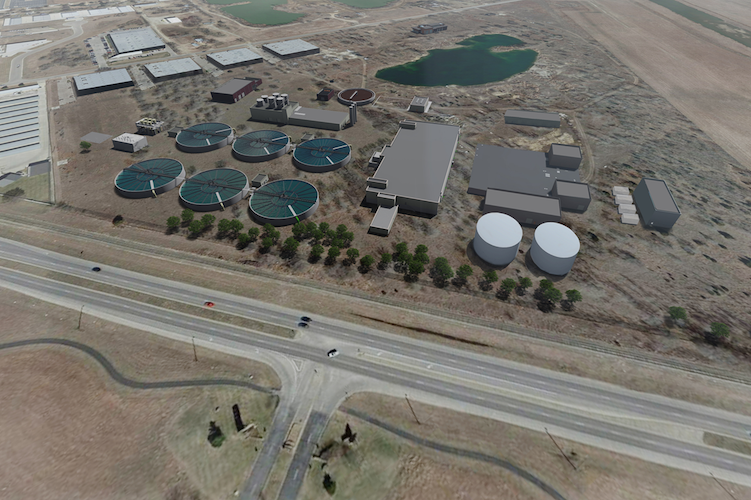The ongoing COVID-19 pandemic has had a significant impact on the continued development of critical infrastructure, creating growing uncertainty concerning financing opportunities and project delivery.
The water industry has not escaped this reality, and for municipalities that already struggle to find financing opportunities the situation is more dire. Due to a reduction in commercial water use throughout 2020, the water industry faces more than $13 billion in annualized revenue losses across the US. This is forcing municipalities that would normally finance critical infrastructure projects through more traditional bond measures to look for new avenues to deliver necessary infrastructure upgrades.
Today, historically low interest rates and design-build delivery offer new opportunities for water infrastructure development. By combining these tools with available financing mechanisms made possible by the federal government, municipalities can work to expedite the next generation of projects in water infrastructure and prepare for possible infrastructure stimulus packages, should they become available.
The State of Federal Infrastructure Financing Packages
Various House and Senate committees have brought forward legislation to address critical water infrastructure needs. To date, in-depth discussions have occurred with key committee members and staff, including a discussion about the possibility of an infrastructure component in a future stimulus package.
While there are many unknowns surrounding a major stimulus package that would provide state and local budget stabilization, two efforts—the Resources Development Act of 2020 in the House and America’s Water Infrastructure Act of 2020 in the Senate—provide a great foundation for post-election consideration.
Why State Revolving Funds and Why Now?
State revolving funds (SRF) are authorized by federal legislation and are partially funded through capitalization grants provided by the Environmental Protection Agency (EPA) to the states. This funding avenue is why the plan presented in the America’s Water Infrastructure Act of 2020 is so interesting—if there is going to be stimulus for water infrastructure projects, much like stimulus funding provided in 2008, then SRFs will likely be the outlet.
One such example of a municipality taking advantage of these financing options took place in Wichita, Kansas. Confronting a need for a new water treatment plant, the City found financing through the EPA’s Water Infrastructure and Finance and Innovation Act program, a funding route similar to SRFs. Using this funding method, the City was able to lock in a historically low interest rate of 1.17%. This means that, over the 30-year repayment period of the loan, the City will save $97 million in interest as compared to traditional bond financing options, ultimately providing benefit to ratepayers in and around Wichita.
The Added Benefit of Design-Build
It’s well understood that design-build delivery offers speed and efficiency to a project. For water infrastructure projects, there are many attributes that make this delivery model an attractive option for municipalities. By guaranteeing maximum prices and phasing design, construction can get underway more quickly. This gives clients more flexibility to take advantage of favorable materials pricing and project financing.
Looking to the Future
Throughout the pandemic—and until Congress can pass an effective, wide-ranging infrastructure stimulus package—municipalities must get creative in their approaches to solving financial challenges. Only by rising to this challenge can they continue to bring quality services to ratepayers through critical infrastructure improvements.
By taking advantage of the current financial climate to lock in low rates made available through federal funding programs, municipalities can still find ways to deliver such projects. Combined with design-build delivery, critical water infrastructure projects can be brought online quickly and efficiently during a potentially challenging economic period. As a national design-build advocacy, we need to seize every opportunity to educate our policy makers on the collaborative delivery benefits for publicly funded water infrastructure projects.


